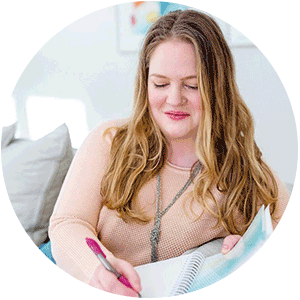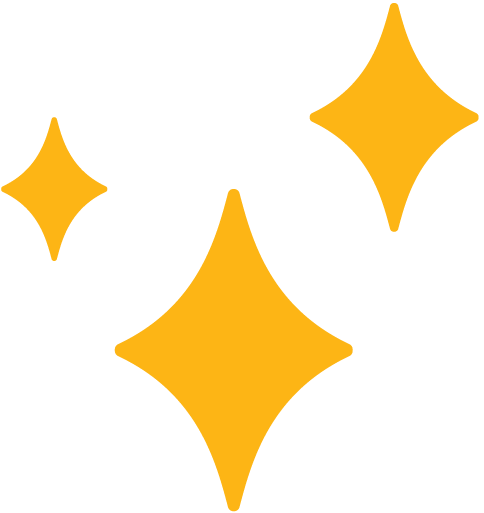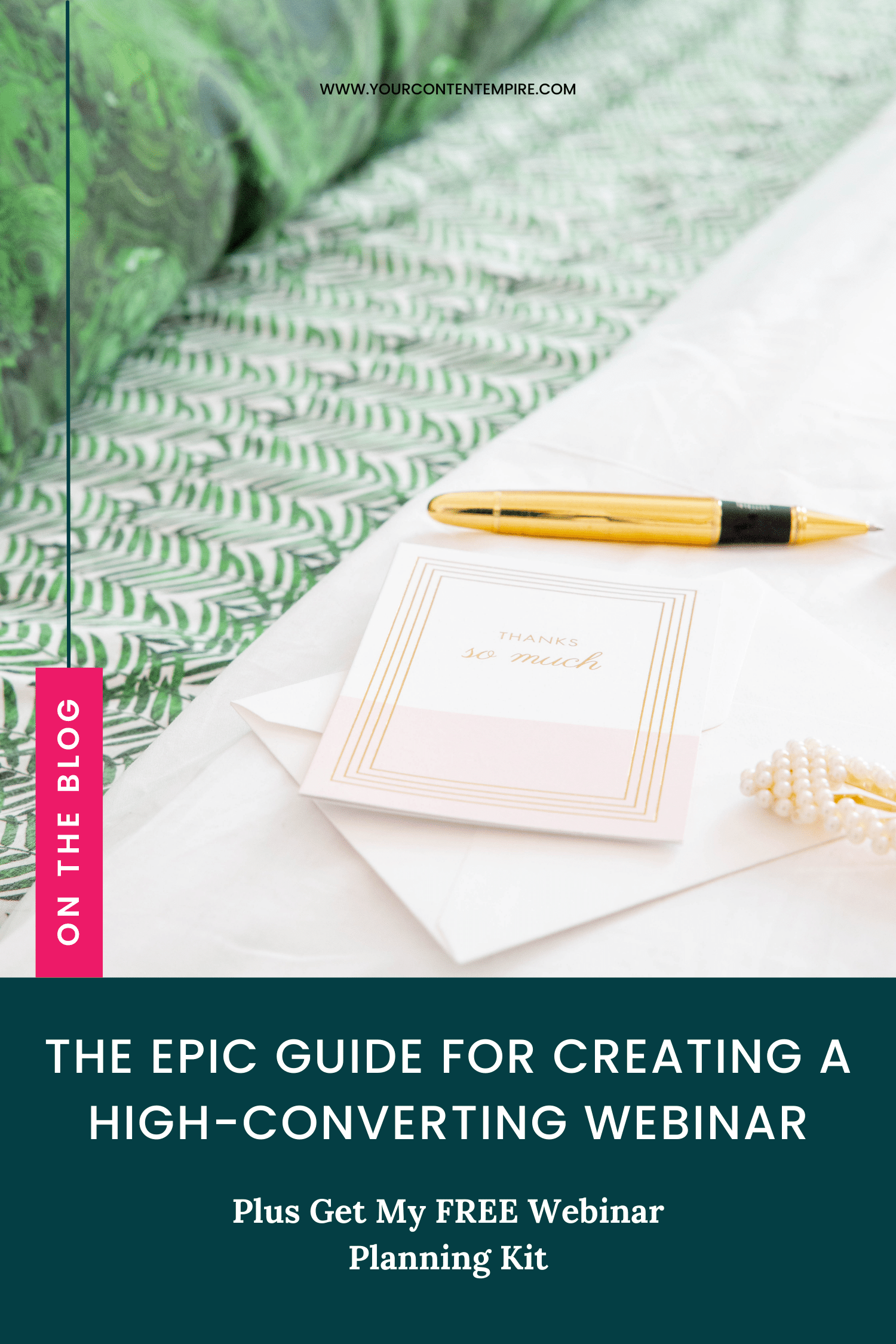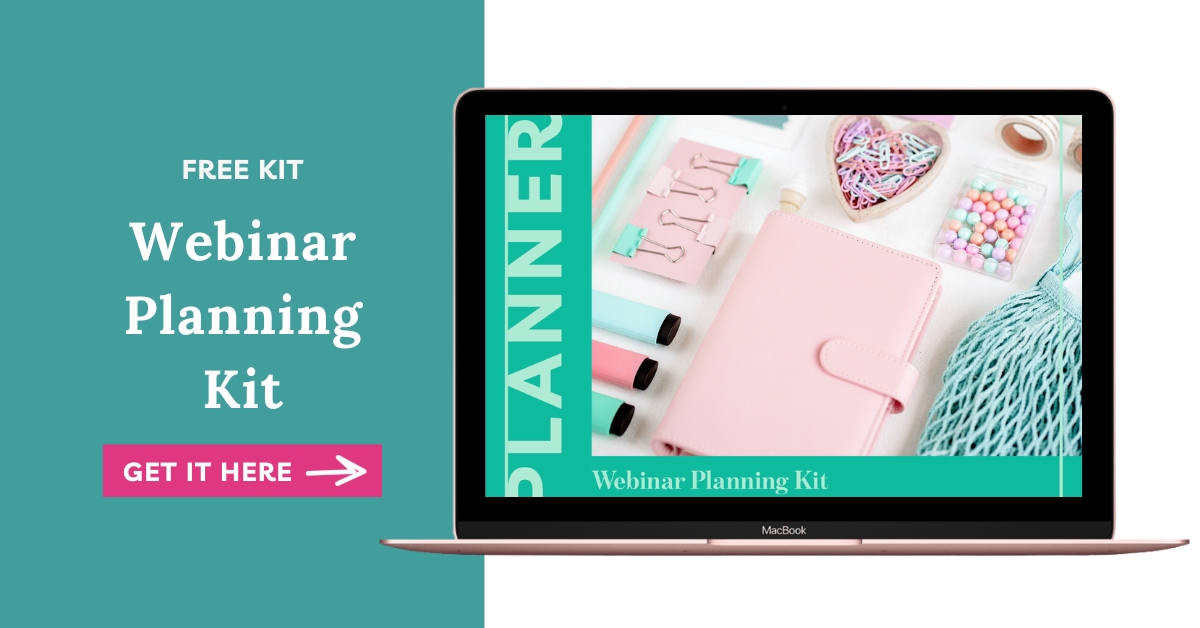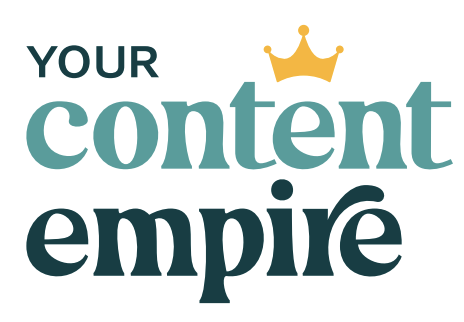If there’s one type of sales system I love creating – it’s a webinar-based funnel. Webinars are a great tool for connecting and engaging with your audience in a way that builds a lot of rapport. Your customer gets to hear your voice or see you talk in a way that makes them feel like they get to know you a lot better versus reading a PDF or an email.
Another great thing about webinars is that instead of just being a freebie, they are also a sales mechanism, meaning that you can make a sale directly off the back of a webinar presentation – and that all comes down to the attention economy principle. Because there are so many things pulling at our attention (especially in the online business world), if you can get people to slow down long enough and give you their undivided attention, they’re going to be more open and receptive and a lot more likely to take you up on an offer.
The Challenge of Webinars
One of the challenges that comes with webinars is that they can be a beast to put together in comparison to other freebies. There is the actual content that you're going to teach, the planning of the slides, the designing of the slides, the delivery of the presentation, the text setup of the webinar itself, the signup page, the opt-in signup page, the thank you page, the welcome emails and onboarding emails – and that is all before you even get to that follow up email sequence that you're going to send at the end, to sell your offer.
After putting together over a dozen webinar presentations myself, I wanted to distill this down to six phases that you need to think about when putting together a webinar presentation. In addition to the six phases, I will also give you some guidance as well as a template that's going to help you pull together your webinar presentation with much more ease than trying to go at it on your own.
Now, if you're wondering whether or not a webinar is the right freebie for you, one of the best considerations is how familiar you are with your audience. Because creating a webinar is such a time investment, you really want to make sure that the juice is worth the squeeze.
For example, if you're selling a really low priced offer, it might not be worth going through all of the trouble that it takes to create a webinar and pull together the content. That isn't to say that you shouldn't do it. It just means that it may not be worth it.
I find that webinars are best for selling any offer that's around or over $500.
Before we get started on the six phases that go into creating your webinar presentation, I want to invite you to download my webinar creation toolkit, which you can download by clicking the image below:
Webinar Phase #1: Your Topic
One of the first hurdles that comes along with creating a webinar is choosing the right topic to create your webinar around. The first step is to brainstorm. Start by gathering any questions that you've heard people ask in communities or directly to you. Also note any of the processes that you cover in your business that you could create a presentation around.
Another method in brainstorming your webinar topic is to reverse engineer potential themes or questions from the offer that you plan on selling in the webinar.
For example, say I was selling a course on how to DIY your website. In the webinar, I might walk them through how to figure out their branding or how to gather and write the copy for their website pages. This is one way of preparing my ideal students for the course that I'm going to sell, which in my DIY example, would be my website course.
So step number one is to brainstorm as many topic ideas as you can think of.
Once you have your list of topics, our second step is to explore the options on your brainstorm list and select the one that you want to move forward with.
You may have some options that you know right away are not going to be a good fit so you can go through and delete any of those off the bat.
Answer the following questions to evaluate your topic ideas:
- What is the purpose of this webinar?
- Those that watch the webinar, what will it help them accomplish or discover about themselves?
- Once they're finished with the webinar, what will they walk away with?
- How does the webinar relate to the payoff that you want to sell?
Running your remaining webinar topic options through these questions should help you narrow in on just a few remaining ideas.
If from here you have more than one idea and you're really having trouble deciding, I would try surveying your audience. You might use the following structure to ask this question in a Facebook group, “I'm thinking about hosting a webinar on . These are the options that I'm thinking about . Which do you think would be most helpful for you?”
Step number three is to name your webinar. Once you have your final option and you know the general topic of your webinar, we've got to come up with a really catchy name for it.
I have a couple of different methods that I use to design webinar topic names:
- The Objection Buster: Combine the biggest benefit minus the biggest objection. For example, one of my webinars is titled, “How to Use Cash-Injections to Make 10K… Even if You Have a Tiny Email List.”
- The Numbered Approach: If you have a certain number of steps that you're going to bring people through in your webinar, this approach will help. For example, “Six Steps To A High Converting Website” or “Five Secrets To Finding Your Soulmate.”
By the end of these three steps, you should not only know what the topic is that you're going to create your webinar around but you should also have a catchy title to match it.
Webinar Phase #2: Your Webinar Briefing
In phase two, you're going to be asking yourself a couple of questions about your webinar. I recommend opening up a Google doc, writing down these questions and spending some time on answering these questions and getting these details down because they're going to be great anchor points as you go through developing the rest of the content for your webinar. Plus, you're going to be able to repurpose your answers into promotional copy down the road.
Here are the questions that I want you to ask yourself:
- If you were describing this webinar to a friend, what would you tell them about it?
- What does it do?
- Who does it help?
- What is it and how does it work?
- What are three problems that this webinar solves?
- What are four things that you're going to be teaching in this webinar? Why does each of them matter to your target audience.
You can also get these in my webinar creation toolkit which can be downloaded here.
Step number two of your webinar briefing is to decide if you're going to use a hook to the end bonus. One of the things that I've used in my webinars as a way of encouraging people to stay until the end is to offer a high value gift for anyone who sticks through the entire webinar. A lot of the tools that you use to host your webinar will be able to do this and they'll add a tag to those attendees who stay until the very end. If the tool you're using doesn’t offer that capability, share the link to the free gift at the end of your presentation and your pitch.
Step three is to outline your main points: So we already know what you're going to be teaching but we want to dig a little bit deeper and determine how you're going to be teaching this. First, make a list of the main points that your webinar is going to cover. So say for instance your webinar is on “five steps to finding your soulmate” Ask yourself – what are those five steps? In other words, what are the subheaders of your webinar?
It can also be really helpful to have a structure that you use for every single point and we want to outline each of these sub points. Identify how are you going to teach it so you can detail out what it is you're going to say? What are the different points you're going to cover? How are you teaching this to the person watching? What is a story or example or testimonial that illustrates this point in action? Lastly, what is the action that you want them to take?
Webinar Phase 3: Your Storyboard
The webinar storyboard is my secret weapon when it comes to creating and designing webinars.
What I like to do is open up a spreadsheet and create the following columns:
- Column #1 : Slide Number
- Column #2: Category or section of the slide (i.e. intro or pitch)
- Column #3: The text that will be on the webinar presentation slides.
- Column #4: Notes around the design/look of the slide
- Column #5: Speaking notes for the slide
- Column #6: The last column for any other notes
In short, phase 3 is all about detailing out the slides of your webinar. We always want to do this before you open up your keynote or your PowerPoint tool and start designing the slides because the storyboard is going to give you a roadmap of the different things that are going to be within each slide.
Let’s say you're going to be outsourcing the creation of your slides to a graphic designer or a VA. This storyboard will be their roadmap to follow as they're roughing out those slides for you. So by the time you're done phase 3, you should have all of your slides outlined as well as a really clear idea of what the slides are going to look like, what it's going to say and what you're going to say when you're presenting that particular slide.
Webinar Phase 4: Designing Your Webinar Slides
Step number one of this phase is to design your templates slides.
There are certain slide designs that you're going to come back to again and again so it makes sense for you to start by designing those core slide templates. Some of these include:
- A cover slide (for your title)
- A full text slide
- A half text slide
- Half image slide
- Sub cover slide (for your sub-sections)
While you might have other ones in the mix, these five slides are going to be for the majority of them. However, don’t spend too much time getting stuck on the design of your slides. There are lots of resources out there with some great templates. Places like Creative Market and hiring someone on Fiverr, just to name a couple.
Once you have those template slides created, you want to move on to step number two of this phase which is to actually go through and design the slides. Don’t forget! This is where you will be using your webinar storyboards as a guide.
As you start to lay out the content, you will soon realize this is probably going to be the step that takes you the longest. Start by having those templates slides we mentioned above and duplicating that for each slide. You're going to add the content, grab the images, clean up any details and bring things into alignment.
Next, you're going to copy and paste your speaking notes into the speaker section of that slide. I recommend going through and roughly designing all of your slides and then going through it one more time and fixing anything you missed. You may also want to get a second set of eyes on your webinar presentation before moving on. By the end of this phase, your whole presentation should be designed.
Webinar Phase #5: Your Delivery
The key consideration when it comes to planning out how you're going to deliver your webinar is whether or not you’re going to deliver it live.
Running it live means you would select a specific day and time that you're going to run it or multiple days and times when you're going to run the same webinar that people can then sign up for.
The other option is to deliver an automated version. This means you're going to create a clean recording of the webinar and then upload it so people can sign up for it anytime they want. This means it would be available on demand.
If you're going to deliver it live, what I want you to do is to decide on the days and times that you're going to host it. The best days and times to host a webinar tend to be Tuesdays and Wednesdays at 9AM PST/12pm EST and 4PM PST/7PM EST. But the exact times that are going to work best for your audience will vary, however these are good standards to go by.
Next, you’re going to want to decide on what tool you're going to use to host it. My favorite tool is Webinar Jam for live webinars or EverWebinar for recorded, automated evergreen webinars.
So a quick recap – step number one is to decide if it's live or evergreen. Step number two is choose your days and times. Next, you have to choose and sign up for the tool that you're going to use to host your webinar.
I have a couple of links here that will get you a $1 trial of each of these for 60 days so it can be a great way to test out the platform before you commit.
Get the FREE 14-Day EverWebinar Trial
Get the FREE 14-Day WebinarJam Trial
The final step in this phase is to go into whichever tool you sign up for and set up your webinar. Most of these tools have great walkthrough tutorials that are going to guide you through setting up that webinar so as soon as you sign up, go into their help section and have a look at their walkthrough. Luckily, you'll have a lot of the details in your webinar briefing that you can simply copy and paste.
Webinar Phase #6: Your Signup System
During phase 6, we are going to be pulling together all of the opt-in components you need so people can start signing up for your webinar. This is going to include your opt-in page, your thank you page and your confirmation email.
First off, you want to design your opt-in page. Luckily, you can pull a lot of this copy from the briefing. So at the top, you could pull in the title of your webinar then you could put the three things that you're going to be teaching and why each of these matter. Then, you would have a call to action that invites them to sign up. A sample of one of my webinar signup pages is below.
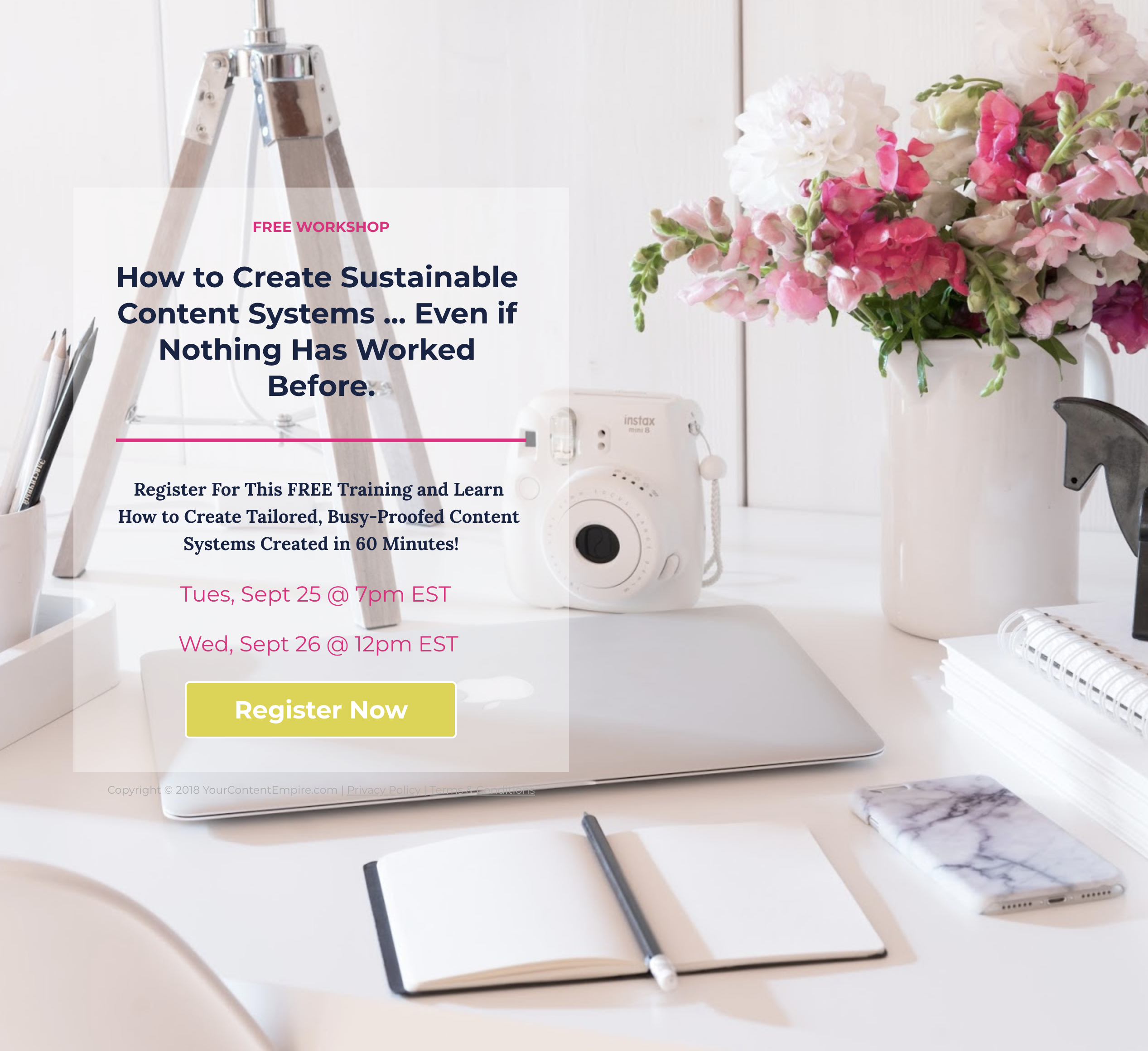
I use LeadPages for my opt-in pages as well as my pop ups. The good news is that EverWebinar and WebinarJam both integrate with these seamlessly. However, you could also put these opt-in pages on your website. Note – the actual form you're going to use is going to be from the webinar hosting platform that you're using.
Step number two is to create your thank-you page. If you have decided to include a hook to the end, this is where you want to mention it. You’ll want to thank them for signing up and remind them of the date and time (if it’s a live webinar).
Step number three is to write your confirmation emails. These range from 2 – 4 emails. The first email is to confirm that they have signed up, reminding them of the date and time as well as why they want to attend. Emails 2 through 4 can be reminders such as a “morning of” reminder and “we are live” reminder, just encouraging them to click through and watch the webinar.
By the time you're done with these steps, you should have your opt-in page created, your thank you page complete as well as your confirmation emails uploaded into your webinar hosting platform.
What’s Next?
We've covered all of the basics of creating and setting up your webinar, whether it's a live version or an evergreen version. A few other considerations as you move forth after you've done this work of creating it are two things:
- Think about how you're going to be promoting your webinar.
- Your follow-up emails
Promoting your webinar
This would include how you're going to get people to sign up for it. Luckily, you'll be able to pull from some of the promo copy from your briefing and repurpose that into social media posts. You want to start promoting your webinar about two weeks ahead of when you want to attend it (if you're doing a live webinar). If it's an evergreen one, just have an ongoing promotion system that's going to generate traffic to your webinar signup page.
Your Follow-Up Sequence
Next, your follow up email is an email sequence that you are going to use to sell your offer to anyone who attended the webinar but didn't purchase live, during the presentation. This is your follow up sales email for the offer. You're going to want to make sure you have these written and scheduled ahead of time so they go out as soon as the webinar is over, or as soon as they've watched the automated version.
Download the Webinar Toolkit
I hope that this helps you pull together a webinar. I know that there are a lot of moving pieces with this type of freebie but I believe that for the right offer, they are well worth the effort. If you'd like even more support in creating our webinar, please make sure to download the ultimate webinar creation toolkit below!
